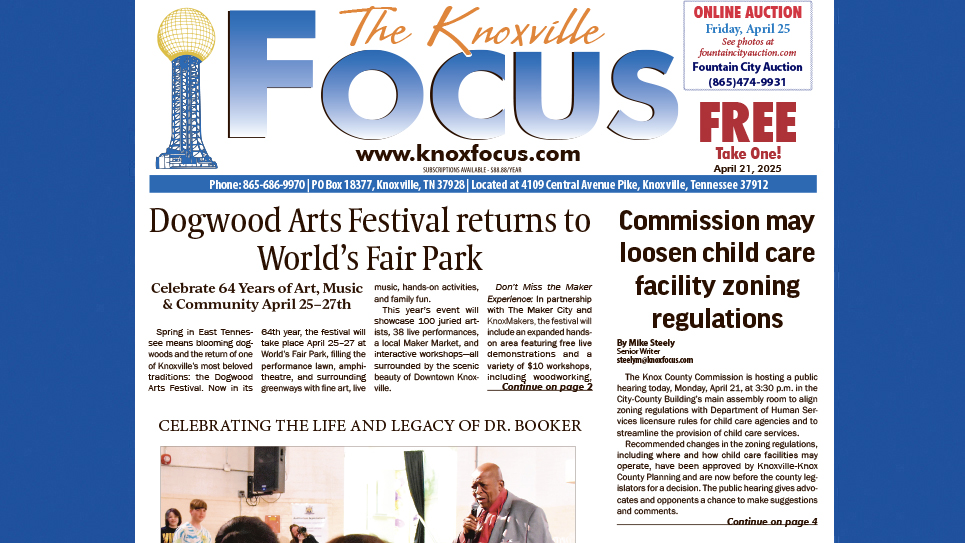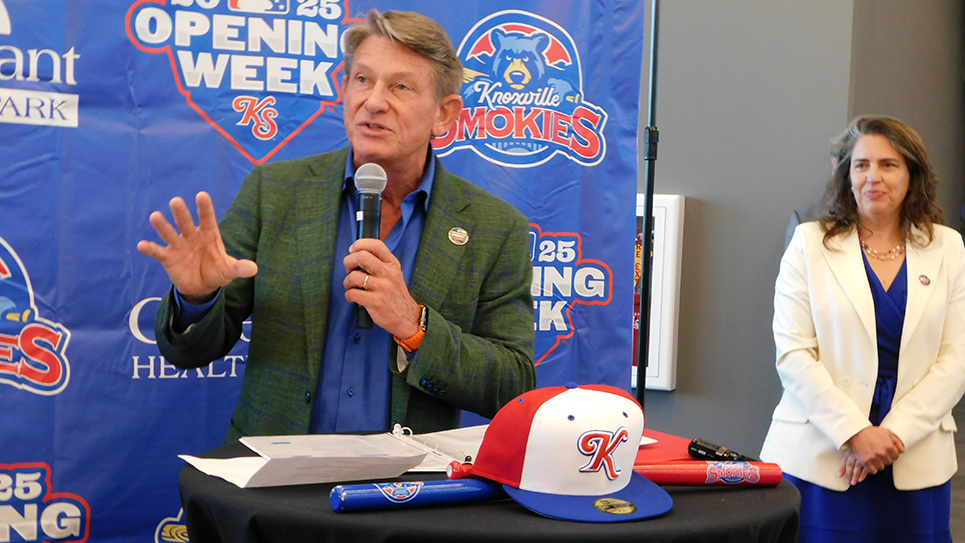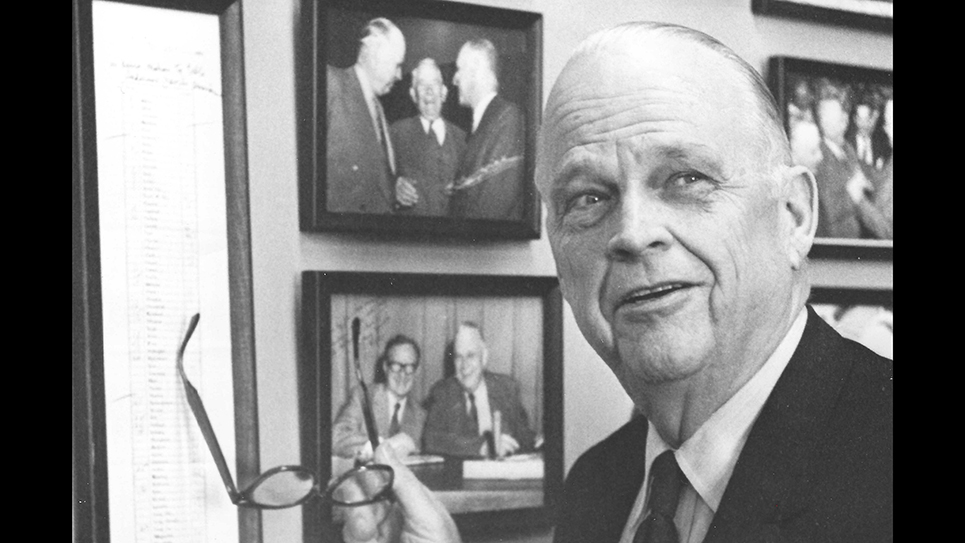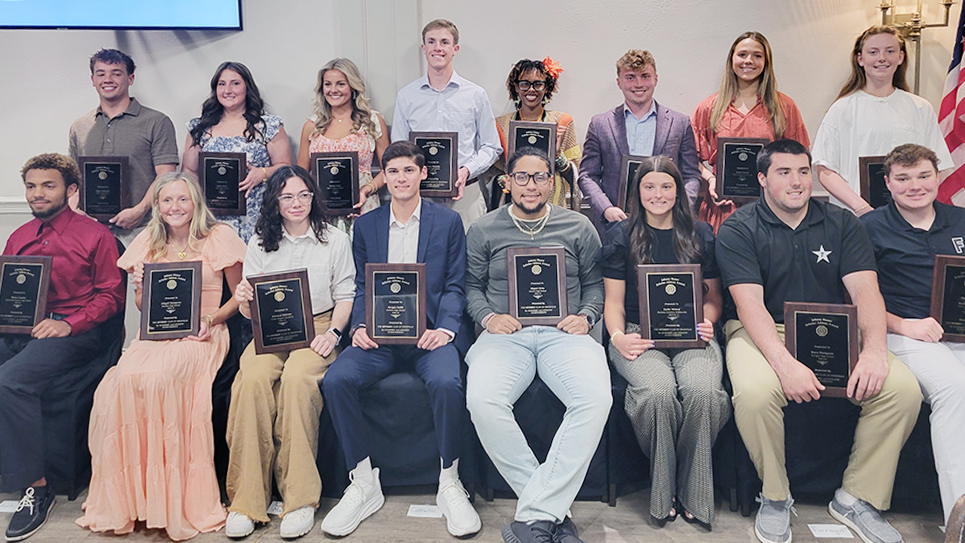‘A little story that turned into a big story’
By Tom Mattingly
Hearing about football and basketball recruiting can be a year-long obsession with sports fans. Sports writers and other media discuss recruiting nearly every day of the year. It’s often an intense conversation. The outcome of future championship competitions is influenced by the players recruited and signed each year by schools across the country, even beyond.
Coverage affects the lives of fans across the country in a number of ways, particularly when a favored player goes elsewhere or their school signs a big-time prospect.
Recruiting announcements today bring to mind how different things were in the 1960s and into the 1970s and 1980s.
Recruiting hadn’t yet become a way of life. There were none of the instant communication links we all know and follow today. When a local television station in those days said, “Film at 11,” they meant it. Videotape had not yet found its niche.
Cable television, complete with ESPN and other sports media, was not yet a “must-have” item for the well-equipped sports devotee’s home. There was no way, short of extensive travel, fans could watch the players of tomorrow do their thing on the field or court.
There was, however, “Signing Day” in football, a major event in those days. On Saturday afternoons in early December at Tennessee, signees would put pen to paper at a ceremony in one hallway of Stokely Center. It was a media event beyond parallel. More players would sign in the ensuing weeks and months.
That was occasionally a chancy endeavor. Alcoa’s Albert Davis signed with the Vols in the spring of 1967 but was declared ineligible under uncertain circumstances a few months later. U.T. historian Dr. Milton Klein later called the withdrawal of Davis’s grant-in-aid “embarrassing” to Davis and the university.
There were, of course, the major, highly-recruited players, such as Lew Alcindor, Rick Mount, Bill Walton, and others, but, other than the players close to home, fans had to rely on sketchy newspaper reports of the high school players considering signing with the Vols or anybody else.
It was nothing like what it is today. Marvin West called the coverage “a little story that turned into a big story.” Local fans rooted for their favorite player to be recruited by Tennessee. Sometimes they were, sometimes not.
When Ray Mears showed up at a high school game in Knoxville or surrounding areas, it was a big deal.
Mears showed up at Holston High School one winter night in 1965 to watch teams led by future Vols Jimmy England and Bill Justus square off. There wasn’t a seat to be had, but when Mears, resplendent in an orange blazer, arrived, the waters parted, and he found a seat in the Holston student section. The man knew how to make an entrance. The Vols ended up signing both players, and neither one disappointed Vol fans once they arrived on campus.
There were some interesting moments as players made campus visits. In 1970, no one could miss the sight of Vol assistant coach Stu Aberdeen, all 5-4 of him, squiring Tommy Burleson, all of 7-2, around Stokely Center. North Carolina State eventually signed him and won a national championship in 1974, but Burleson had to have been impressed by the welcome he received. So were many other players.
Aberdeen was a master of the recruiting details (West called him “tenacious”), from camping out in New York City, allegedly for 30 days, to make an impression on recruits such as Ernie Grunfeld and Bernard King (not to mention AD Bob Woodruff, who once threatened to pull Stu off the road and tried to cut the hoops recruiting budget).
One of the memorable aspects of the Tennessee experience was the halftime introduction of a prospect Mears wanted to be a Volunteer. It was all part of the pageantry Ray brought to Tennessee basketball.
The arena was full, bathed in orange. The games were hotly contested. Moments after the teams left the floor at halftime, the house lights dimmed.
A spotlight, ably operated by Wallace McClure, shone down on the Tartan floor where two cheerleaders escorted a prospect to the old-fashioned “UT” at center court. The band cranked up one or more school songs. In the early years, one of the songs wasn’t “Rocky Top.” That popular little ditty did not make an appearance until the 1972 Alabama game at Neyland Stadium.
Fans rose as one as Haywood Harris read a marvelously well-crafted script about the prospect’s exploits on the court. It was definitely a thrilling moment.
The NCAA later put the kibosh on such shenanigans, but they were an integral part of the Tennessee basketball experience.
Fans today don’t know what they missed in earlier years. While often called the “Dark Ages,” those good old days were pretty good. Don’t let anybody tell you any differently.





